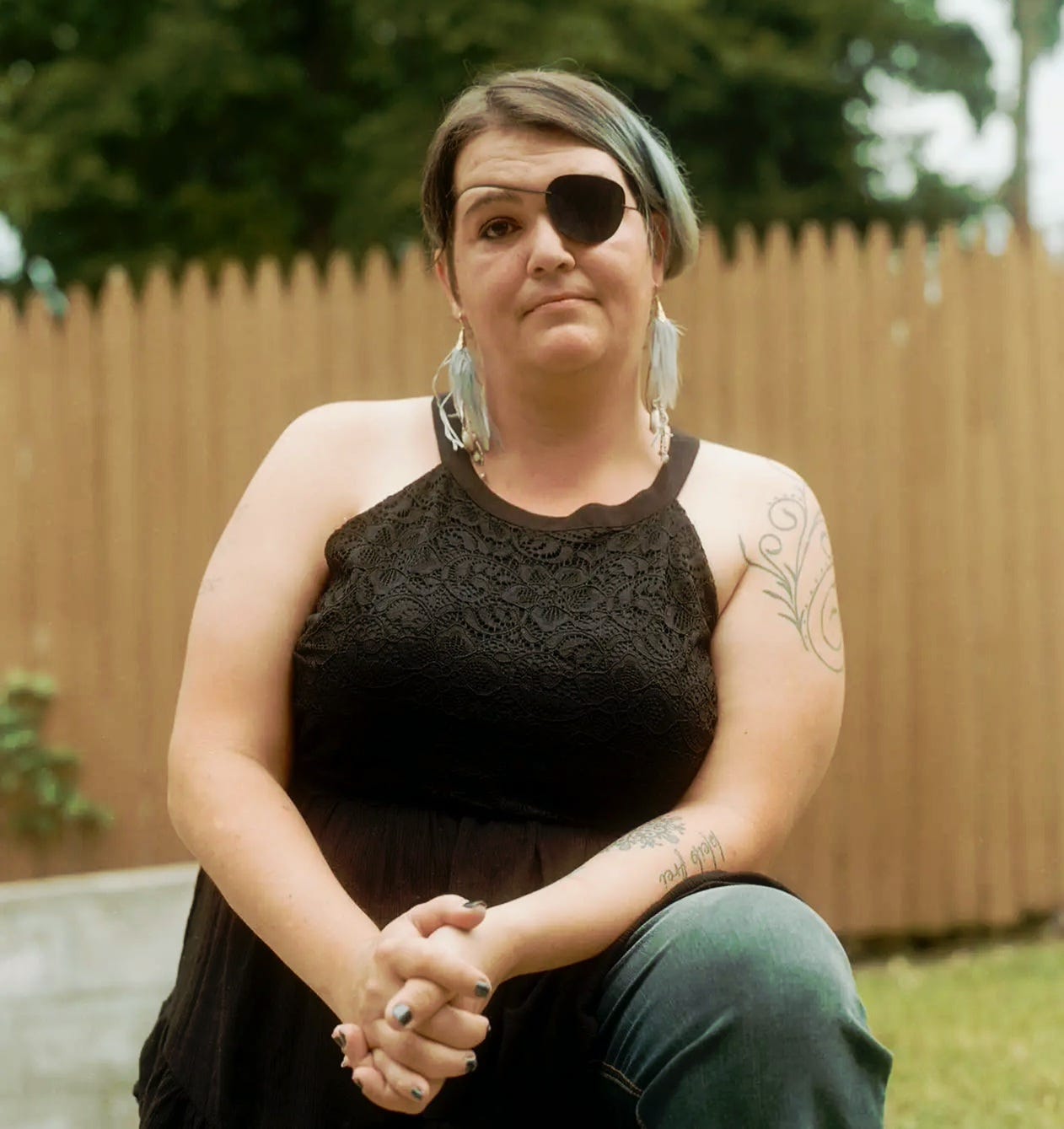In America, you can shoot a journalist in the face with a rubber bullet and be home by dinner. No charges. No suspension. No real consequences. Just another “use of force” report buried under jargon about “non-lethal dispersal tactics.” And this week, in Los Angeles, it happened again. Rubber bullets flew through downtown like warnings, thudding into bodies, breaking skin, scattering peaceful crowds, and once again threatening the people holding cameras just for being too close to the truth.
This isn’t crowd control. It’s message control. And the message is this: Shut up or bleed.
During the George Floyd uprisings in 2020, more than a hundred journalists were assaulted by police in a single month. Not for looting. Not for violence. For documenting. Linda Tirado was shot in the face and lost her eye. Freelancers and staffers alike were targeted, gassed, handcuffed, beaten — and not a single cop faced criminal charges for it. If this were Turkey or Russia, we’d call it state repression. But here in the land of performative press freedom, we call it “collateral.”
And now, in 2025, with troops deployed on American streets and Donald Trump ranting about “rioters” in LA, the cycle continues. National Guard and Marines are posturing. And in the middle of it all: journalists. Walking. Filming. Getting hit. Again. Because it turns out nothing makes you a bigger threat to authoritarian theater than a working microphone and a record button.
Let’s stop pretending this is accidental. There is no law in this country that makes it a crime to shoot a clearly marked journalist with a rubber bullet. There is no enhanced penalty, no felony charge, no independent oversight. You can wear a vest that says PRESS in letters big enough to be seen from orbit, hold your credentials high, shout “Media!” — and if the wrong officer decides you look too curious, you can still be shot, and nothing will happen. To them.
This is not about safety. It’s about silence.
If we still believe in a free press — and not just a decorative one trotted out for ribbon cuttings and fluff segments — then it’s time to act. We need federal legislation that makes it a felony for any law enforcement officer to intentionally fire on a clearly identified journalist. Not a civil violation. A crime. With mandatory penalties for injury, disfigurement, or death. With a requirement for independent, external investigation — because police investigating themselves is not accountability. It’s farce.
And no, this isn’t about demonizing cops. It’s about telling the truth: If you’re scared of journalists, maybe you’re the one doing something wrong. If your job can’t withstand documentation, your job isn’t public safety. It’s cover-up.
Journalists are not rioters. They are not “agitators.” They are not props for your bodycam montage. They are the eyes and ears of a country that still calls itself free — and when you shoot them, you are shooting the public’s right to know.
The First Amendment isn’t a suggestion. It wasn’t designed to be shot full of holes by beanbags and rubber rounds. The founders didn’t give the press freedom so it could be tolerated — they gave it freedom because it was essential. And right now, that freedom is bleeding on the pavement in Los Angeles.
So let’s draw a new line. A legal one. If you shoot the press, you face the law. Not someday. Not “pending review.” Now.
Write the damn law. Pass it. Enforce it. Or admit you’ve already decided that truth is more dangerous than violence.
Closer to the Edge is reader-supported and truth-obsessed. If you believe in a free press that bites back, subscribe and stay dangerous.
This post has been syndicated from Closer to the Edge, where it was published under this address.

